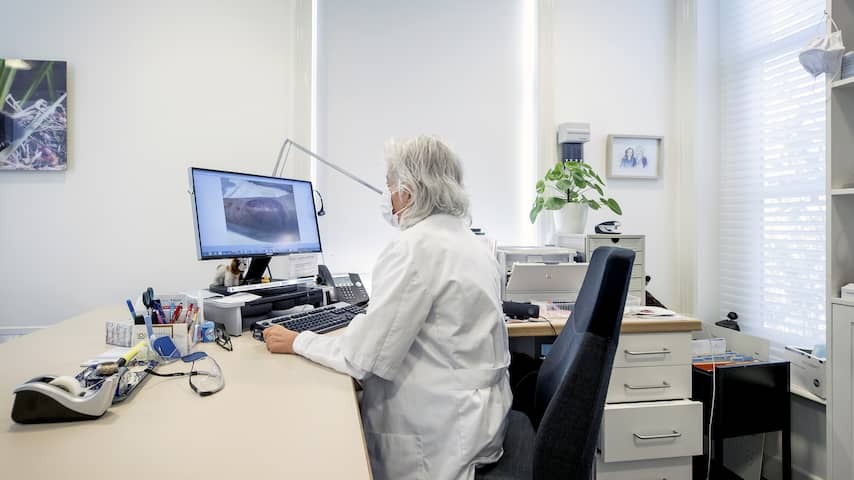
A permanent family doctor who knows and understands you well: that is worth a lot. It translates into a longer and healthier life. That family doctor is not always within reach, and tens of thousands of people are now without one. What can you do about this?
People with their own permanent family doctor feel healthier and more satisfied, have fewer emergency admissions, take their medication in a safer way, and – to top it all off – live longer.
Enough reasons to cling to your own family doctor. But that is not always possible. In the Netherlands, an estimated 45,000 to 194,000 people currently do not have a family doctor. In addition, there are approximately 290,000 people who do have a family doctor but live more than fifteen minutes away.
Approximately 60 percent of general practices now have a registration stop. The consequences for people without a family doctor were recently mapped out by the Health and Youth Care Inspectorate (IGJ): health complaints remain untreated or worsen, people experience stress and uncertainty, resort to unreliable self-medication, and feel anxious.
What we were used to is no longer possible
We have to accept this new reality, says Maurits Westein, a family doctor for over twenty years and working in the center of Eindhoven. We are used to the idea that everyone should have a permanent family doctor, with plenty of time and always a patiently listening ear for your concerns. However much a family doctor or healthcare provider would like to offer you that, it is not always possible anymore.
Someone without a family doctor who does need help often calls the general practitioner post (HAP) after 5:00 PM, with the result that it becomes busier there with complaints that do not belong there, says Westein. This could include a blocked ear, back complaints, or a minor accident for which a vaccination is needed.
“These are complaints for during the day, which assistants or nurse practitioners can also help with. But if so many family doctors have a registration stop and a patient has already called four or five practices, then it is logical that they turn to the HAP. What else are they supposed to do?”
The triage nurse at the general practice also makes a strict selection. For a chat and concerns about health, but no clear complaints, someone will not easily get an appointment.
As a family doctor, you first have a responsibility to patients who are registered, Westein explains. In addition, doctors are always obliged to provide emergency care. But most care is not urgent, and so people continue to walk around with complaints.
One of the solutions mentioned by the Inspectorate is task shifting. That also needs to happen, says Westein. “Doctor’s assistants and nurse practitioners can do a lot, but for some things it is important that someone looks at it who has completed a university education for more than nine years. A stitched wound, a bruised ankle; for those kinds of things we gratefully use these healthcare providers. But there is a limit to task shifting.”
Digitalization also has its limits – for now. So far, that mainly means an improvement in service to patients.
No golden solution
The shortage of family doctors is also mainly a distribution problem. In some parts of the Netherlands, such as the big cities or in sparsely populated regions, there are too few family doctors for the number of people who live there. In other regions, there are just enough.
To solve this, there are initiatives from family doctors themselves, such as ruiljehuisarts.nl (exchange your family doctor). A family doctor from Helmond came up with this exchange website. This allows patients to receive family doctor care closer to home by exchanging with someone else. You don’t have to wait until a spot becomes available; the system searches for a match where all parties give permission.
Westein’s branch of the National General Practitioners Association Brabant Oost also organized a large-scale exchange of patients in the region. That was a success in which about 13 percent of patients actually switched.
“There is no single golden solution to the shortage of family doctors,” says Westein. “The scarcity will only increase in the coming years, and the number of patients will not decrease. It is the sum of small improvements that hopefully just make it possible to continue to organize care in a responsible manner.”